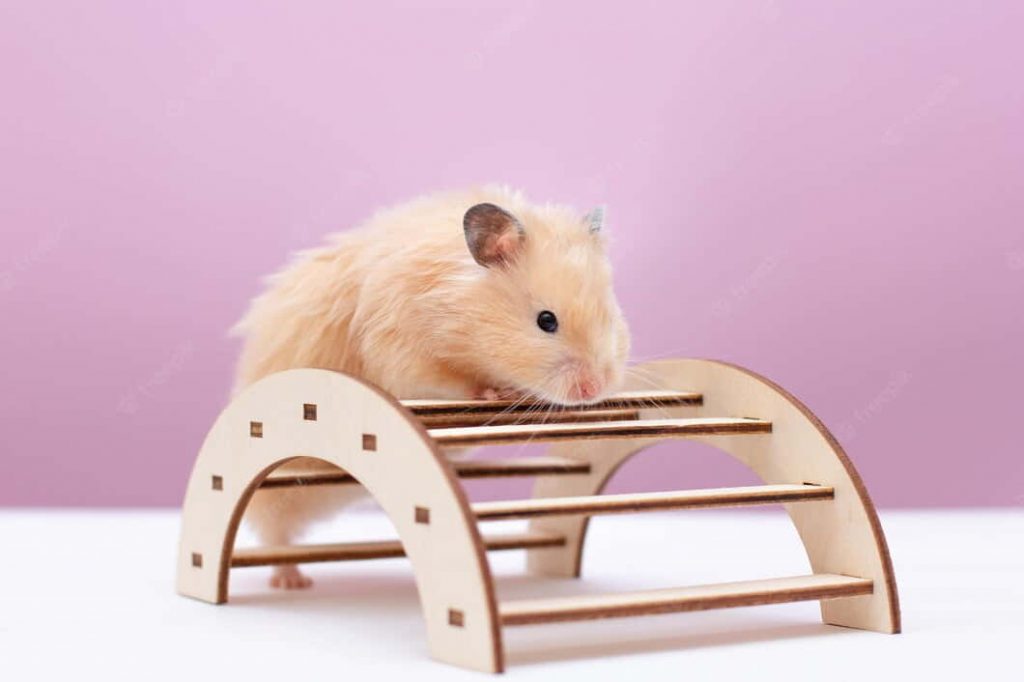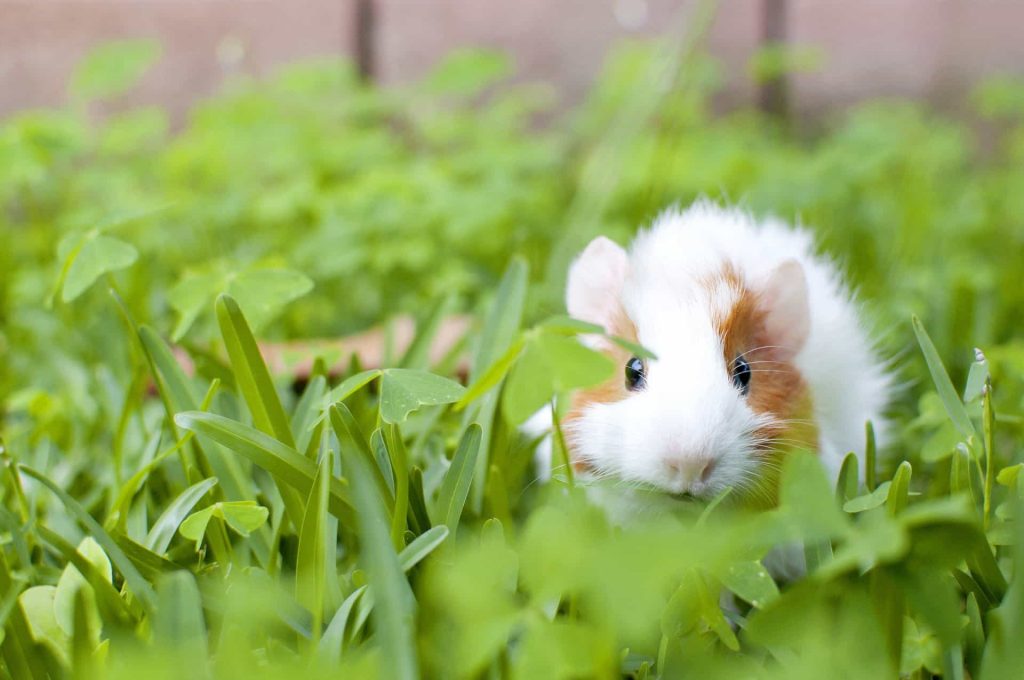Facts About Alopecia Hair Loss In Hamster
Hamsters experience alopecia, which can result in partial or total hair loss, just like in humans. There are numerous reasons why hamsters lose their hair, but it usually happens on their faces or around their tails and hindquarters. That small area of missing hair on your pet hamster may not even be noticeable at first, but it sometimes grows until it is painfully visible. Hamsters’ hair loss may be a sign of a number of serious or less serious medical issues. Hair loss is frequently brought on by elements that are present in your pet hamster’s environment.

Hair Loss Causes
A hamster’s hair loss can be caused by a variety of factors, such as:
- Rubbing on metal cage feeders or excessive burrowing (hair loss around the face)
- Cage overcrowding, wounds from fighting, hair chewing by cage mates (hair loss around the tail and hindquarters)
- Vitamin, mineral, or protein deficiency (general hair loss)
- Ticks, mites, and other ectoparasites (hair loss due to excessive itching and rubbing)
- T-cell lymphoma
- Thyroid gland hormone imbalance and inflammation of kidneys (rare)
Types and Symptoms
Alopecia is distinguished as a diverse or symmetrical pattern of hair loss, and it is very obvious. Particularly on the face and other areas of the body, such as the tail, patches with little or no hair may be seen.
If ectoparasitic infestation (ticks, mites, etc.) is the cause of the hair loss, the hamster may have severe itching and/or red skin. The hamster may appear underweight or have a dull coat if it is due to nutritional issues. Meanwhile, difficulty urinating combined with hair loss may be a sign of kidney issues.

Diagnosis
For an accurate diagnosis and treatment strategy, it is crucial to know the pattern and severity of the alopecia. To rule out further probable causes, your veterinarian may also advise blood testing and a skin scraping examination.
Treatment
Antibiotic medication and topical shampoos are frequently used to treat alopecia. However, this will depend on what is causing the hair loss in the first place. For instance, vitamin and mineral supplements may be provided to hamsters whose hair loss is suspected to be caused by nutritional inadequacies.
You should increase the amount of protein in the food and reduce the amount of cereals if it is believed that a bad diet is the root of the hamster alopecia. Hamsters typically experience hair thinning as they mature. A diet low in protein (less than 16%) or iron can cause older hamsters to lose their hair. Sarcoptic mange, demodex mites, ringworm, and conditions including Cushing’s disease and kidney failure are among the other hamster ailments that can result in hair loss.

Management and Living
It is crucial that the topical shampoos, ointments, and antibiotics are administered as prescribed. You must properly clean and disinfect the hamster’s cage and toys in ectoparasitic infestation cases to avoid reinfestation. Other than that, keep an eye on the hamster to make sure it is healing properly, and contact your veterinarian if things start to get worse.
Prevention
Keep a cage from being too crowded, and keep hamsters that are prone to fight apart. In many circumstances, giving your hamster a healthy diet and a clean environment to roam around in can also help avoid hair loss.
Make sure the cage you buy for your hamster is big enough. And it’s even more crucial if you have multiple hamsters. In this manner, your hamsters will have sufficient space to run about and play without endangering their coats.
Are you looking for more insights into hamster care? Add a comment below to let us know!
Waiting for our next post here.

